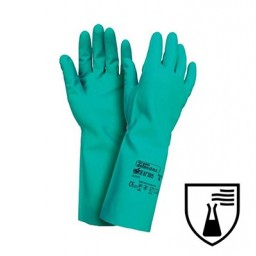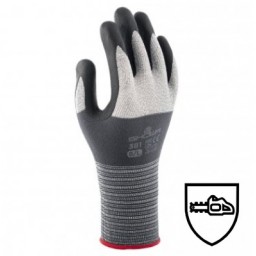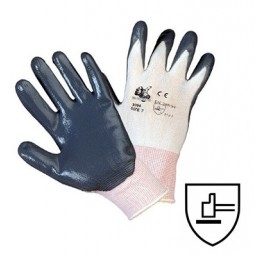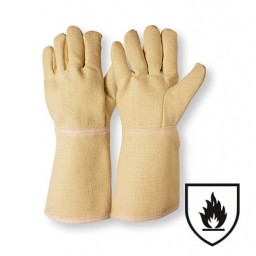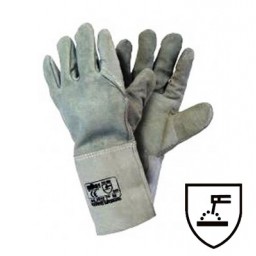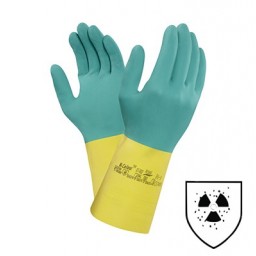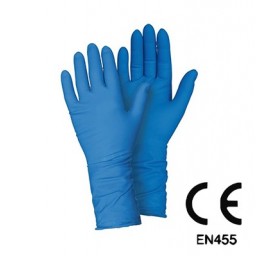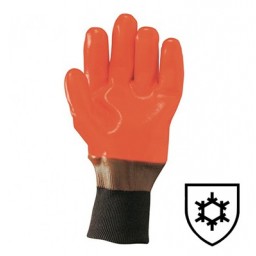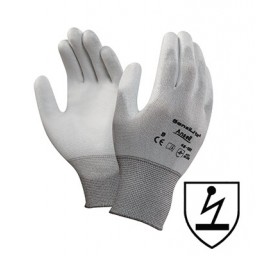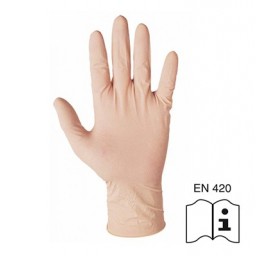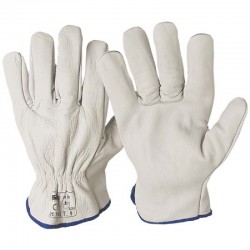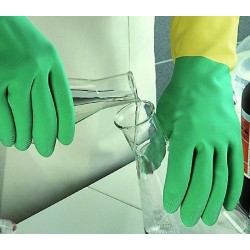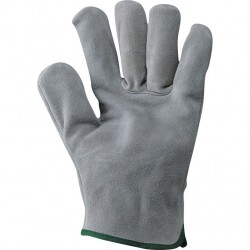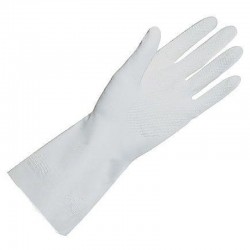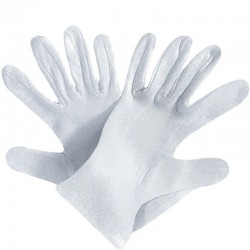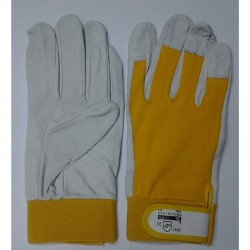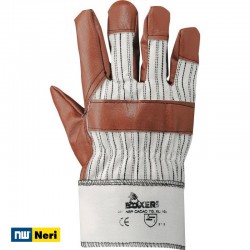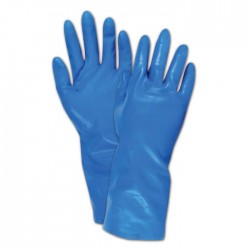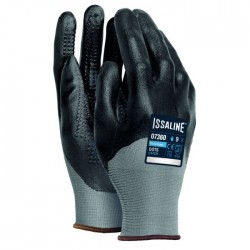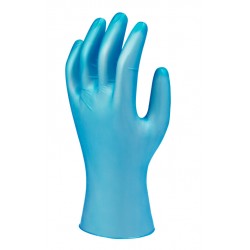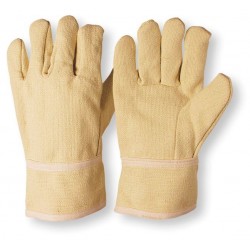No products
Work gloves in various types, to protect you from any risk; produced with excellent quality materials, to give safety and comfort to your work.
There are 12 products.
Subcategories
-
EN 374 Chemical Risks
Protective gloves against chemicals and microorganisms: 374-1 Terminology and performance requirements; 374-2 Determination of resistance to penetration; 374-3 Determination of resistance to permeation.
-
EN 381-7 Cut resistant
The legislation regulates protective garments for operators with chainsaws and differentiates according to the garment between: EN 381-5 Specifications for leg protection; EN 381-7 Specifications for protective gloves; EN 381-9 Specifications for protective gaiters; EN 381-11 Specifications for protective jackets.
-
EN 388 Mechanical risks
The standard specifies the requirements, test methods, marking and information provided by the manufacturer for protective gloves against mechanical risks from abrasion, blade cuts, laceration and perforation.
-
EN 407 Thermal Risks
The standard specifies requirements, test methods, information to be provided and marking of protective gloves against heat and/or fire.
-
EN 12477 Welding Protection
The standard specifies requirements and test methods for protective gloves for use in manual metal welding, cutting and related processes
-
EN 421 Radiation Risks
Protective gloves against ionizing radiation and radioactive contamination.
-
EN 455 Medical use
The standard specifies the requirements and provides the test methods for the physical properties of disposable medical gloves, in order to ensure an adequate level of protection of the patient and the user from mutual contamination during their use.
-
EN 511 Anti-cold
The standard specifies requirements and test methods for gloves that protect against cold transmitted by convection or conduction up to -50°C.
-
EN 1149 Antistatics
The standard specifies a test method for materials intended to be used in the manufacture of protective clothing (or gloves) that dissipate electrostatic charges, to avoid discharges that can trigger fires. The method does not apply to materials used in the manufacture of protective clothing or gloves against normal electrical voltages.
-
EN 420 Minimum Risks
The EN420 Standard defines the general requirements and the corresponding test procedures for the design and manufacture of gloves, the resistance of glove materials to water penetration, harmlessness, comfort and efficiency, the marking and the information provided by the manufacturer, applicable to all protective gloves.


